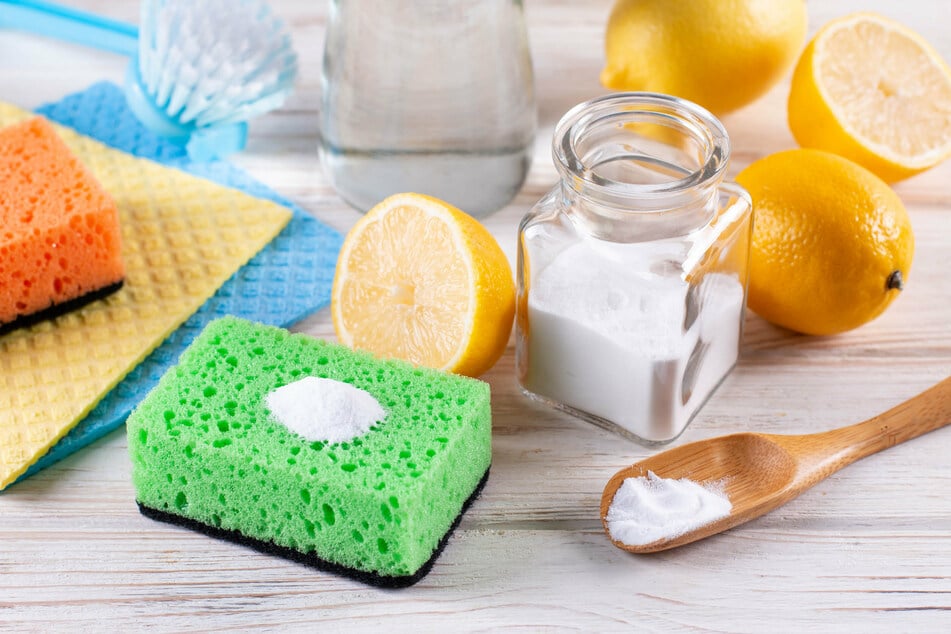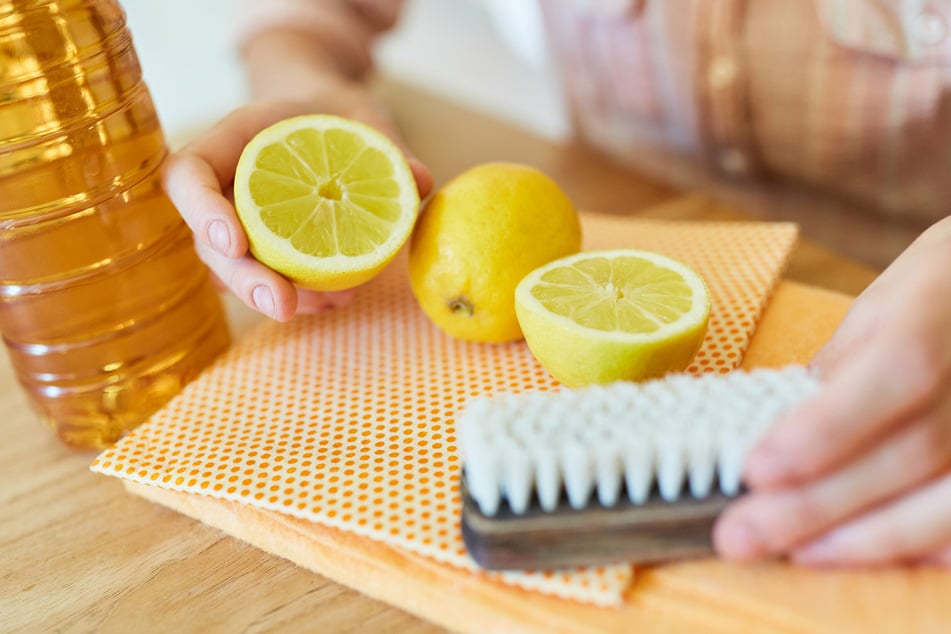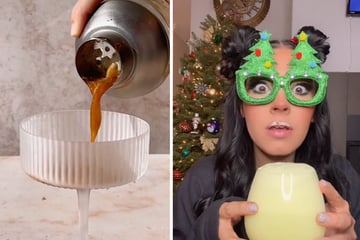Cleaning with citric acid: How to do it and how not to
There are many reasons for using citric acid for cleaning. It destroys limescale and dissolves urine scale, but there are a few things to keep in mind, so check out our guide before you get scrubbing.

Citric acid is a great cleaning alternative to baking soda – but there's a way to use it right.
First and foremost, don't mix citric acid with baking soda or washing soda!
You might be tempted, especially given the impressive chemical reaction that happens. When mixed, they bubble up and release carbon dioxide – but this chemical reaction does nothing to help deal with the dirt you are trying to remove.
It's best to only mix these two if you're cleaning out your drains, and even here, start by using just soda or bicarbonate of soda, and only add a citric acid solution later on.
You can usually buy citric acid in liquid or powder in supermarkets and drugstores. And you can use it on its own to descale your kettle, taps or shower head. It also works if you're cleaning the bathroom and toilet.
After descaling the kettle, you can also use the same solution with citric acid to remove limescale and urine deposits from the toilet, experts say.
Citric acid: The dos and don'ts

This makes citric acid – or vinegar – part of the trio of cleaning agents that make up a basic tool box for dealing with the standard household dirt, the other two being an all-purpose or neutral cleaner and a scouring powder.
Your cleaner should be suitable to remove dirt and grease from floors and most surfaces, while you can use the scouring powder for stubborn dirt or things that have become encrusted.
You shouldn't need any other special cleaning products for standard cleaning and to keep things hygienic at home.
However, take care when using citric acid and avoid letting it come into contact with your skin and eyes. Also, keep it out of the reach of children – and remember that the acid can damage materials such as chrome fittings, marble, and natural stone.
Cover photo: 123RF/qwartm
